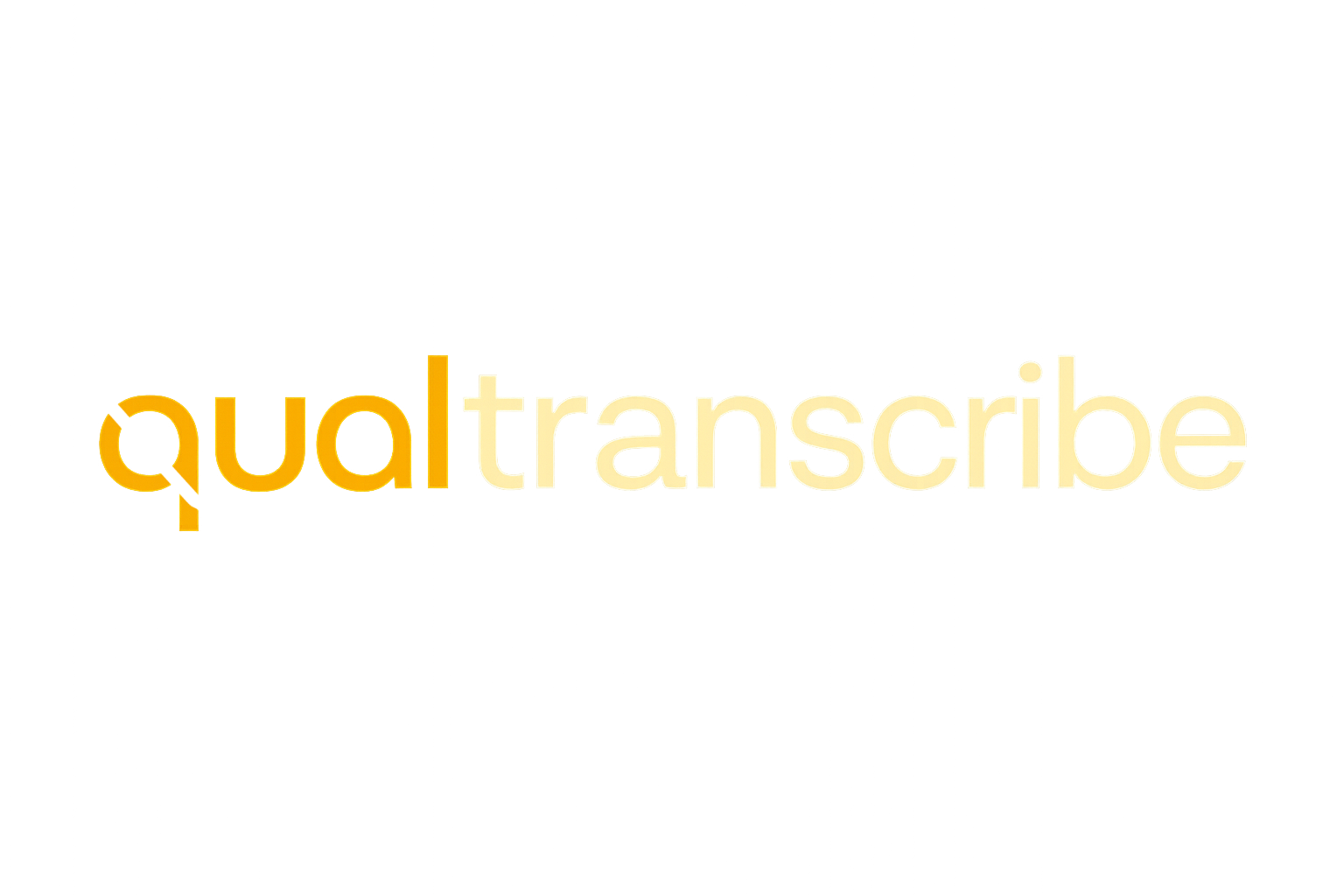The Future of Transcription: What’s Coming in 2025?
- Claude Annoh
- Apr 3
- 3 min read
Updated: Apr 11

Transcription is changing fast. By 2025, we’ll see even more advances in technology that make the process easier, quicker, and more accurate. Let’s take a look at what’s coming.
1. AI is Getting Smarter
AI is already a big part of transcription. It’s improving every day and will play a bigger role in the future. However, AI has limits. It works well with clear audio but struggles with accents, background noise, and technical terms. This is where human transcribers are still necessary. Even though AI will handle simple tasks, humans will ensure the highest accuracy.
2. The Best of Both Worlds: AI + Human Teamwork
The future of transcription will combine the best of both worlds: AI and human transcribers. AI will speed up the process, but humans will step in to make sure everything is accurate. This combination will lead to faster turnaround times with even better quality. It’s a win-win for everyone.
3. More Languages, More Options
As the world becomes more connected, transcription services will need to handle more languages. In 2025, we’ll see more transcription services that offer quick, accurate transcription in multiple languages. This is especially important for global business and research. Expect more multilingual support and better translation options for international projects
4. Transcription for Every Industry
From doctors to lawyers to YouTubers, transcription is becoming a must-have. Businesses are looking for specialized services that match their needs. Whether it’s a court hearing, a medical report, a gaming livestream, or an academic lecture, there will be more tailored transcription solutions popping up. Researchers and students will also find more tools designed specifically for organizing and analyzing transcribed interviews, surveys, and discussions.
5. Your Privacy Matters More Than Ever
As transcription services handle sensitive data, security will become an even bigger focus. Expect better protection, especially in industries like healthcare, legal, and education. Stronger encryption methods and stricter privacy policies will be implemented to ensure the confidentiality of the material being transcribed. As we move forward, protecting data will be just as important as providing accurate transcripts.

6. More Customization
Transcription services will become more customizable in 2025. Whether you need verbatim transcripts, edited summaries, or something in between, you’ll be able to choose exactly what you need. More services will allow you to select specific features, such as timestamps, speaker identification, or translation, depending on the nature of your project. Flexibility will be key in meeting the needs of different industries
7. Self-Editing Tools
In the future, transcription services will offer more self-editing tools. This means you’ll be able to make changes to your transcripts quickly and easily. Whether you need to correct a mistake or tweak the formatting, these tools will give you full control over your transcript. This is ideal for users who want to save time and avoid waiting for revisions.
8. Cloud-Based Services
Cloud-based transcription will continue to grow. You’ll be able to access your transcripts online, share them instantly, and work on them from anywhere. Cloud technology allows for easy collaboration, making it possible for teams to work together on transcription projects in real-time, regardless of location. It’s all about convenience and flexibility
What Does This Mean for You?
In 2025, transcription will be faster and more accurate, thanks to the combination of AI and human expertise. Whether you're transcribing interviews, lectures, or meetings, technology will improve your experience. However, always choose a service that values both quality and security. As transcription services evolve, one thing will remain the same: the goal is to make your work easier, faster, and more reliable.
